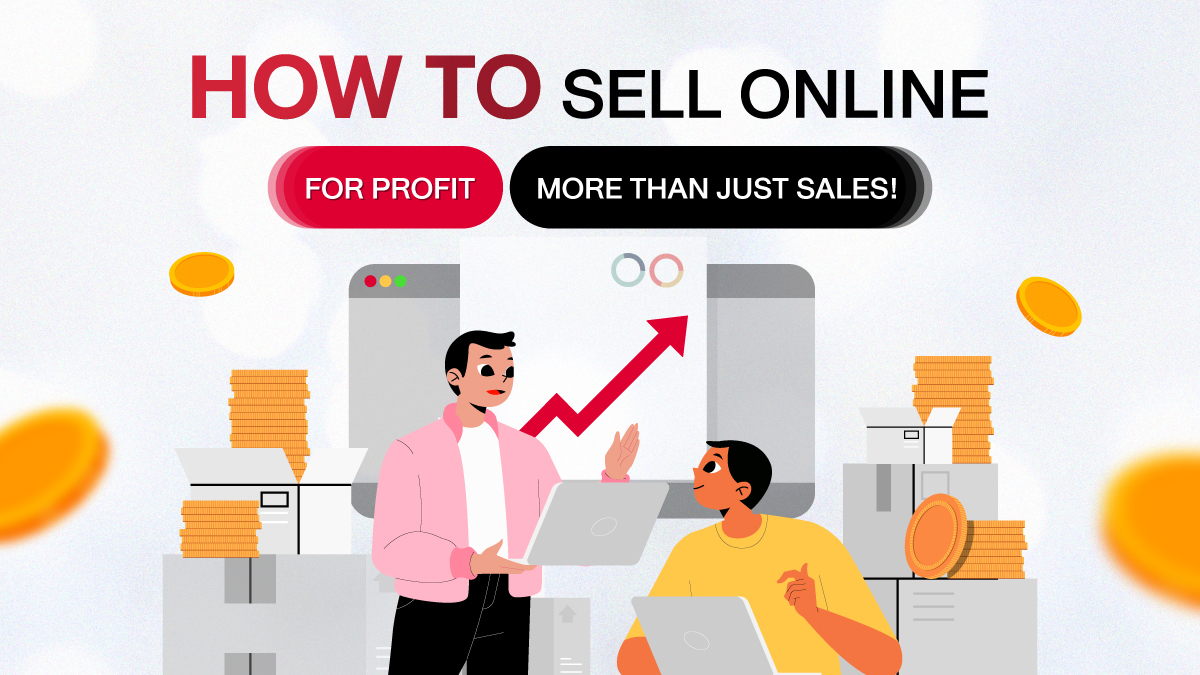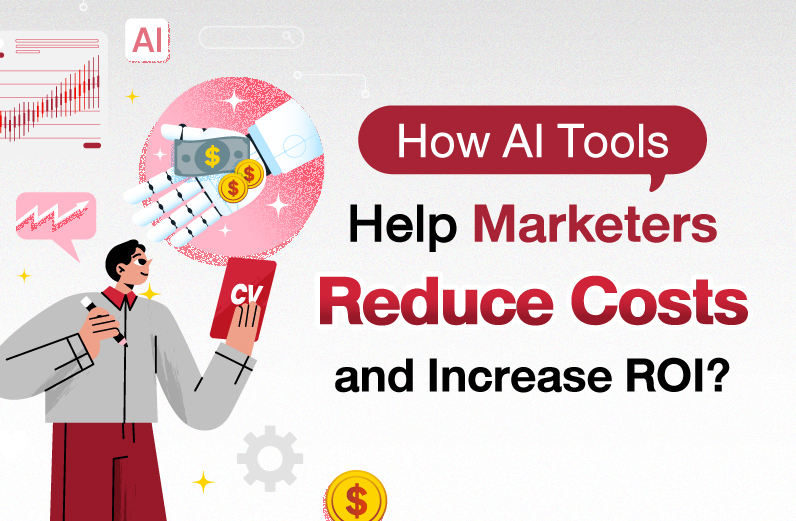How to Sell Online for Real Profit (Not Just Revenue)

How to Sell Online for Profit — Not Just Sales
In today’s saturated ecommerce landscape, high sales figures don’t always translate into real profits. Many online sellers focus on growing revenue but end up barely breaking even—or worse, losing money—because of hidden costs, inefficient systems, and poor pricing strategies.
To run a sustainable business, you need more than just orders. You need a clear profit plan that considers total costs, competitive pricing, inventory accuracy, and operational efficiency. In this article, we’ll explore how to optimize your online store not just for sales—but for long-term profitability.
Hidden Costs That Eat Into Your Margins
While product cost is easy to track, there are many hidden costs that sellers overlook, such as:
• Platform fees (Shopee, Lazada, etc.)
• Payment gateway fees
• Return handling and defective items
• Packaging and fulfillment costs
• Paid advertising (e.g., CPAS campaigns, flash deals)
• Staff wages or outsourced help
Failing to account for these can lead to incorrect pricing decisions. Use a cost calculator or analytics dashboard to monitor all components and identify your true break-even point.
Pricing Strategies That Maximize Profit
Pricing for profit doesn’t mean simply marking up your product. You must balance competitiveness with real margin.
Key elements of a profitable pricing strategy:
-
Total Cost of Sale (TCOS): Include product, logistics, packaging, fees, and marketing.
-
Margin Goals: Aim for at least 20%–30% profit depending on category.
-
Marketplace Benchmarking: Research Shopee/Lazada pricing to avoid pricing yourself out.
-
Strategic Discounts: Use time-limited promotions (e.g., bundles or BMSM) to drive volume while protecting margins.
Pro Tip: A data-driven pricing model, supported by competitor monitoring tools, helps make sure you’re staying profitable while competitive.
How Ecommerce Systems Help Reduce Cost
Manual operations are prone to error—and cost. Here’s how integrated systems help cut waste:
• Order Management Systems (OMS): Centralized dashboard prevents order mix-ups
• Warehouse Management Systems (WMS): Prevents overstocking or stockouts
• Automated Customer Service (chatbots): Reduces need for 24/7 manual response
• Real-time Reporting: Lets you track profit by SKU, campaign, or channel
These tools lower human error, improve speed, and give you the clarity needed to make fast, profit-focused decisions.
Boosting Profitability with One-Stop Ecommerce Solutions
If you're a growing brand or an SME with limited internal resources, outsourcing to a one-stop ecommerce service can often be the fastest route to real profits.
Such providers offer:
• Strategic store setup (naming, SEO, creative)
• Pricing advisory and promotion planning
• Inventory control and fulfillment logistics
• Advertising and campaign execution
• Customer experience support
Why Choose transcosmos?
• Proven results managing global brands across Shopee, Lazada, and D2C
• End-to-end systems (OMS, WMS, CRM) to minimize inefficiency
• SKU-level strategy and reporting to optimize margins
• Transparent performance reviews and improvement suggestions
👉 Learn more about One-Stop Ecommerce Services from transcosmos
Summary: Selling for Profit in the Ecommerce Era
Revenue is vanity—profit is sanity. Brands that survive and thrive in the ecommerce space know how to:
• Track all costs and plan accordingly
• Use pricing tactics strategically
• Invest in systems that reduce inefficiencies
• Partner with pros when scale demands it
If you're ready to shift from chasing orders to building a profitable, scalable ecommerce business, it’s time to consider full-service support that works as your growth partner—not just a vendor.
Learn how transcosmos helps online sellers turn revenue into profit with smart, data-driven ecommerce support.





